Cystoscopy Procedure: Detailed Overview, Purpose, and Process
VerifiedAdded on 2022/09/03
|10
|587
|25
Report
AI Summary
This report provides a comprehensive overview of the cystoscopy procedure, a diagnostic method used to inspect the interior of the bladder and urethra. It explains the purpose of the procedure, which includes identifying and treating conditions such as bladder tumors and kidney stones. The report outlines the step-by-step process, from preparing the patient to the actual examination using a cystoscope. The report also highlights the role of the Department of Urology and the tasks of the unit clerk in coordinating the procedure and managing patient records. References to relevant medical literature are included, providing a complete understanding of the procedure and its clinical context.
1 out of 10

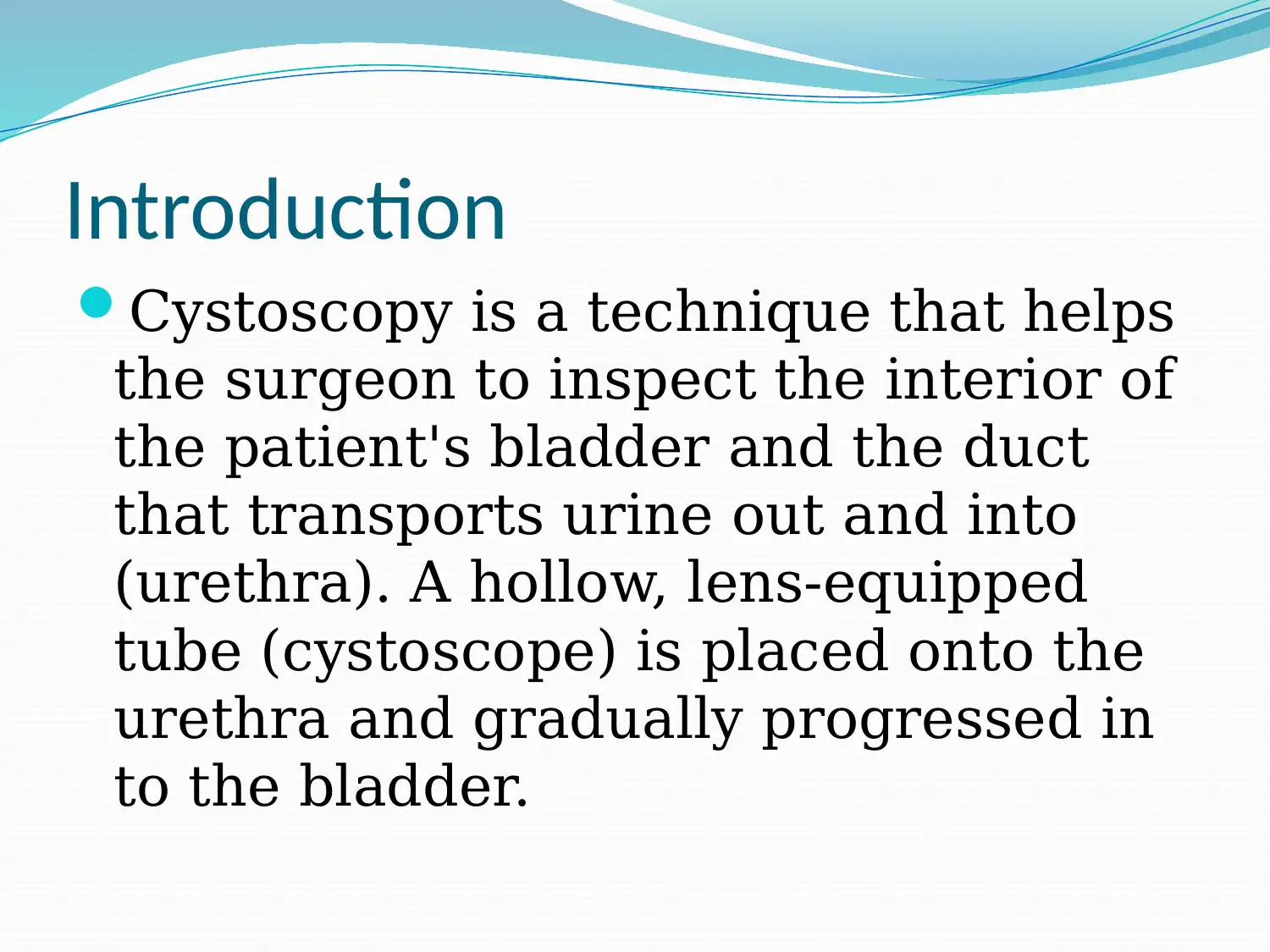
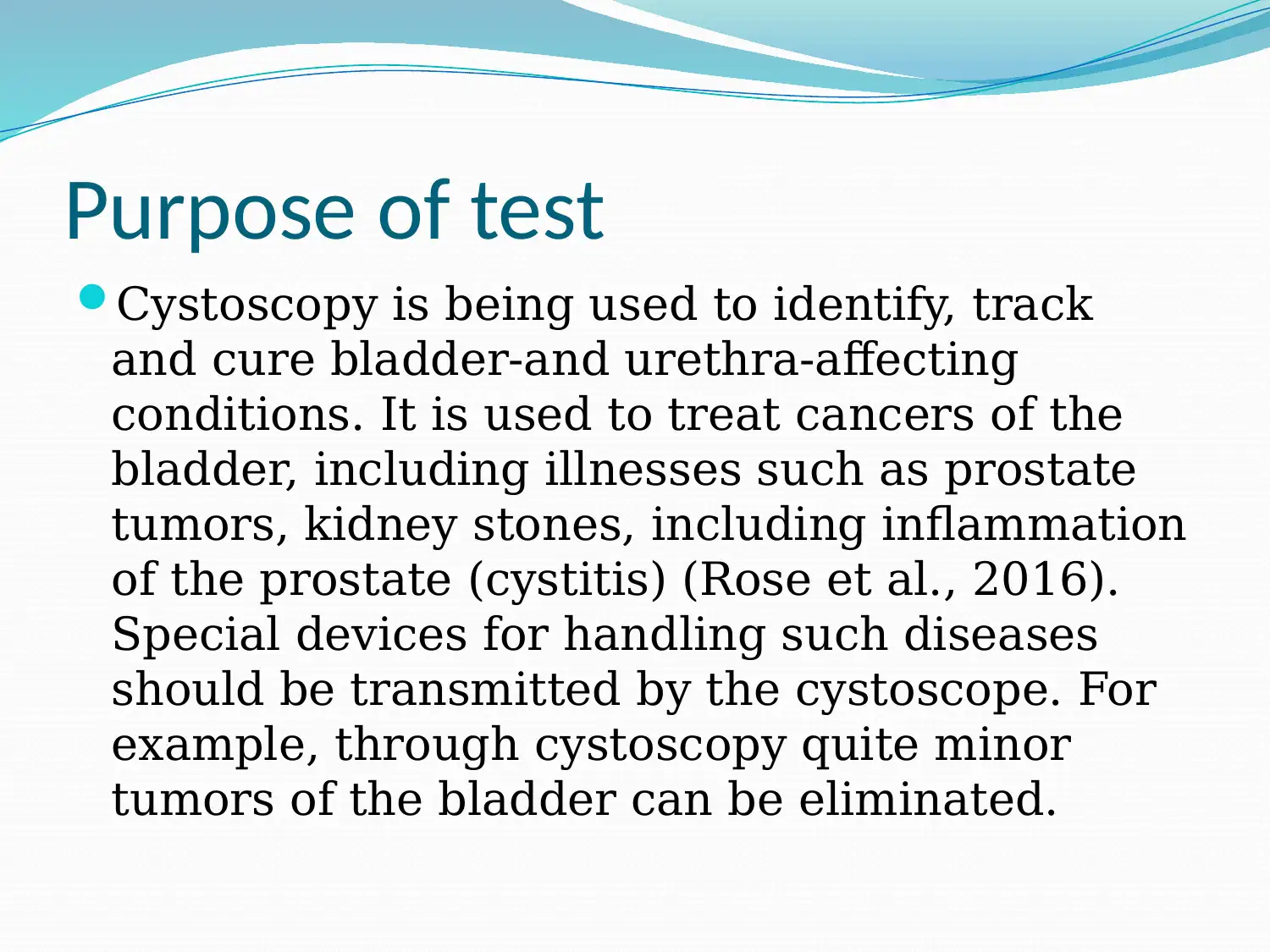

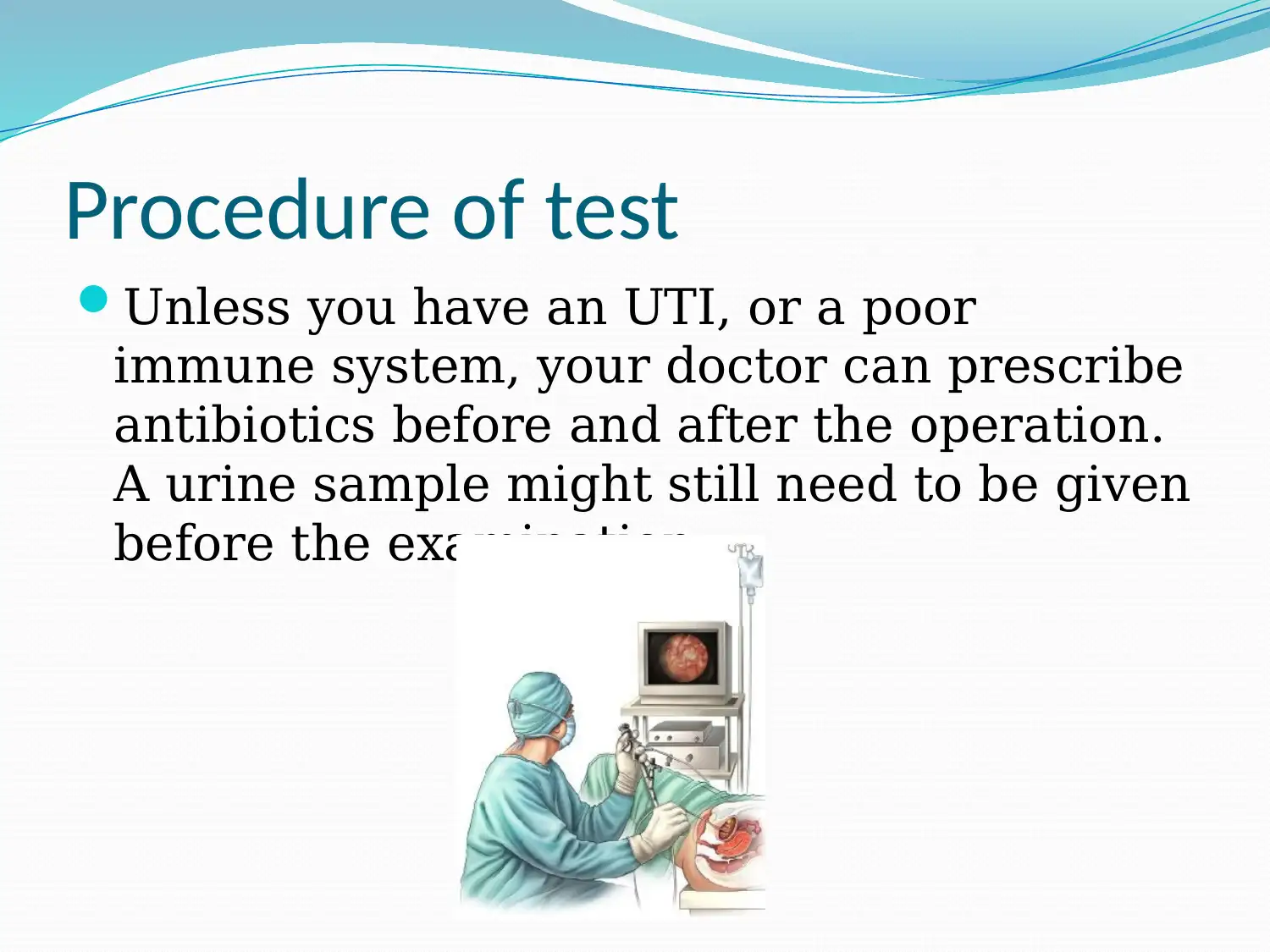
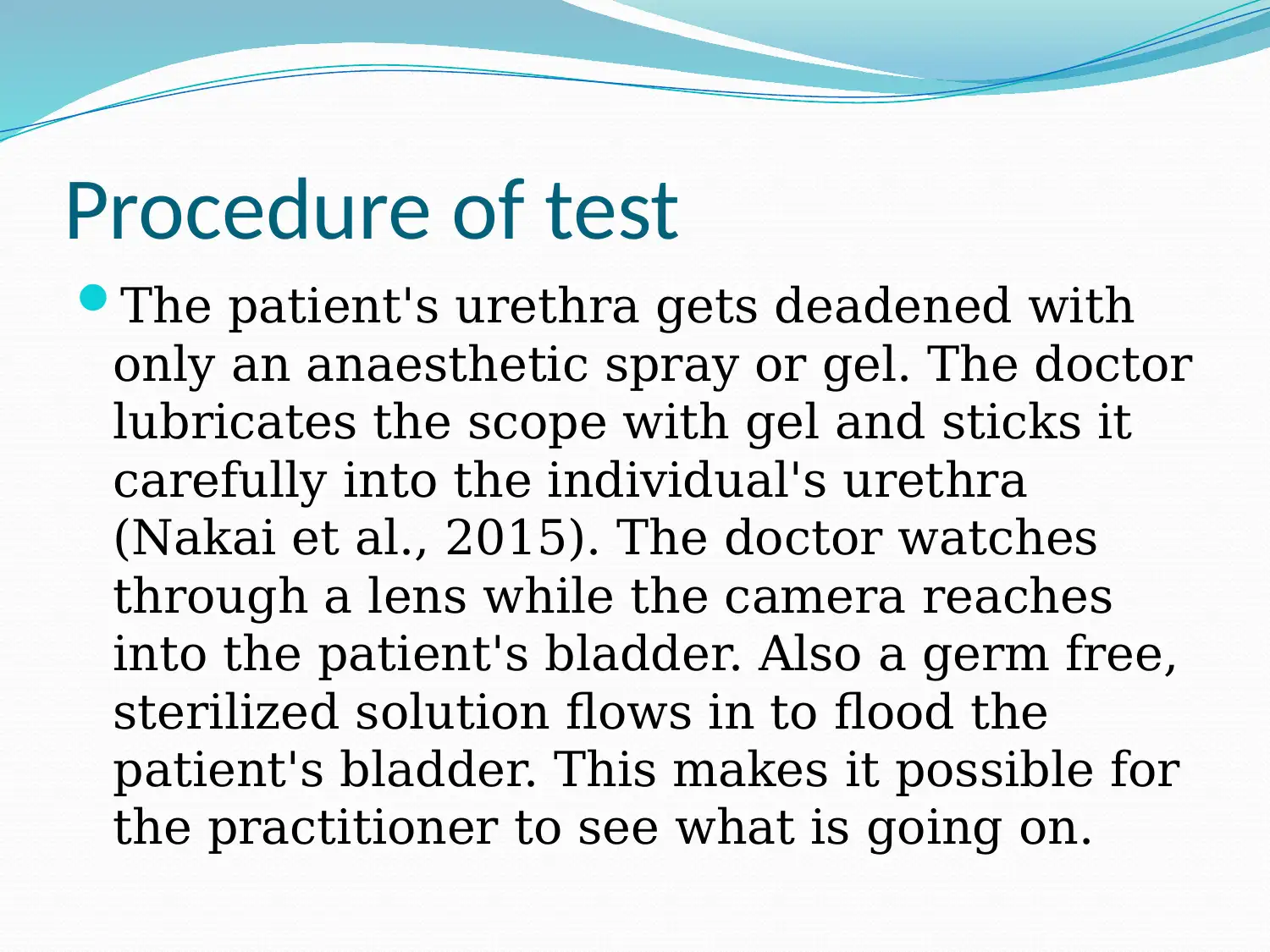
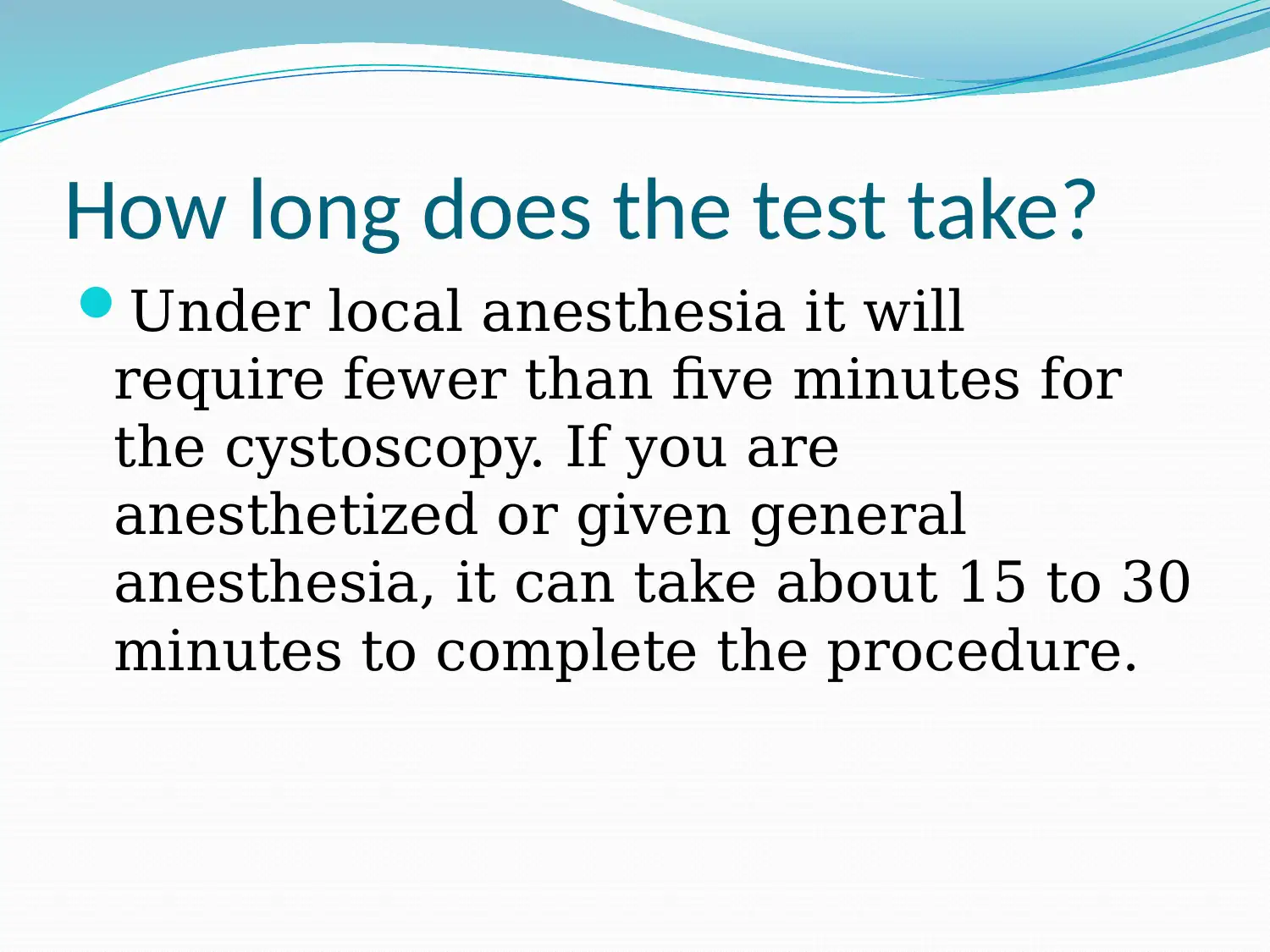



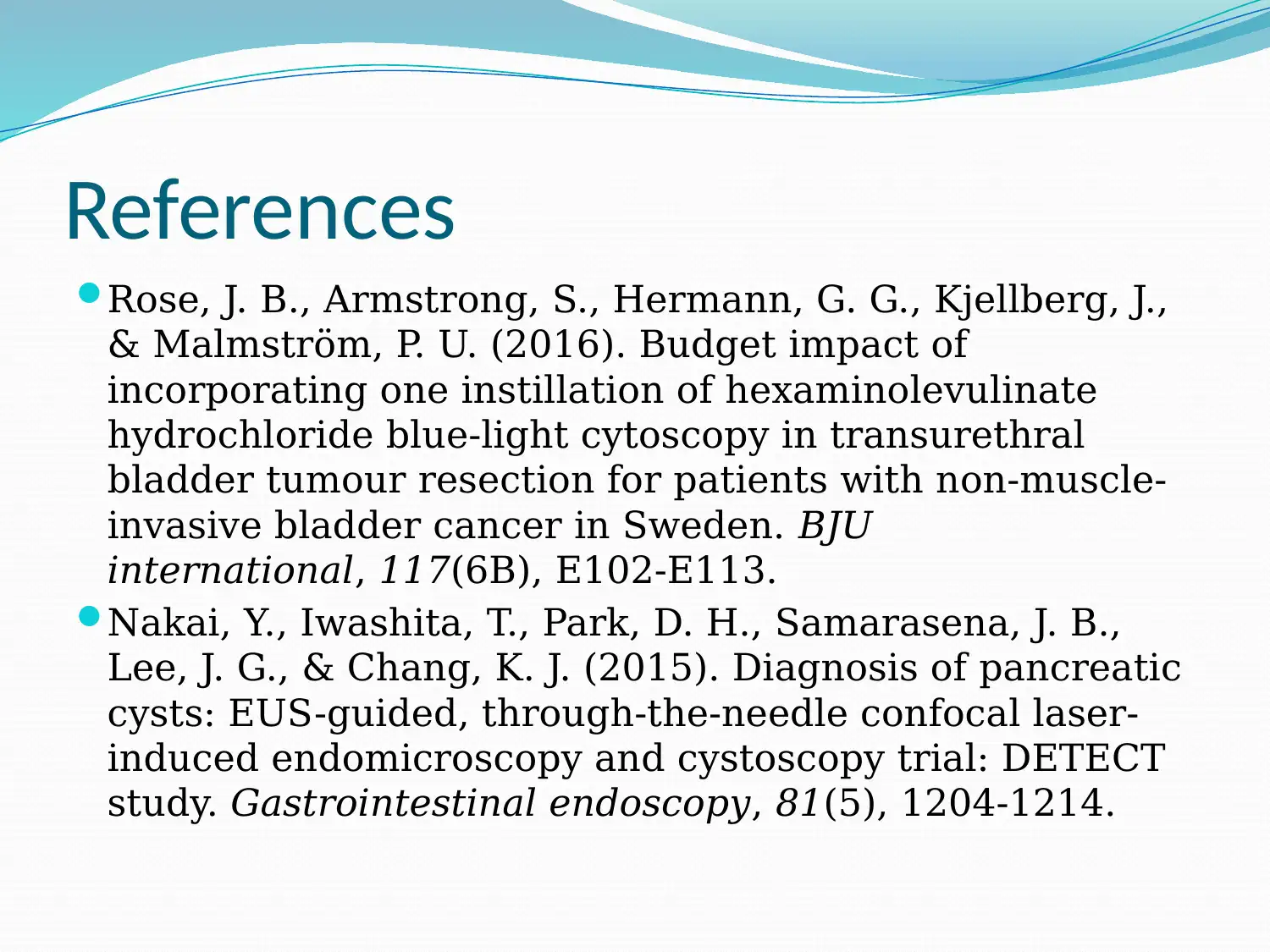
![[object Object]](/_next/static/media/star-bottom.7253800d.svg)